
Arthur Hamilton, the acclaimed songwriter responsible for the enduring torch-song classic “Cry Me a River,” died on May 20 at his home in Los Angeles. He was 98. His death was announced this month by the American Society of Composers, Authors and Publishers (ASCAP) and the Society of Composers & Lyricists (SCL), marking the end of a long and prolific career that left an indelible mark on the landscape of American music.
Hamilton’s body of work, spanning decades, transcended simple composition, offering a poignant and often complex exploration of human emotion through melody and verse. While “Cry Me a River” remains his most universally recognized contribution, a song that has been interpreted by hundreds of artists, his creative reach extended to Oscar-nominated cinematic themes, whimsical children’s tunes, and influential contributions to television scores. His artistry captured the nuances of heartbreak and defiance, as well as the wistful beauty of reflection, resonating deeply with audiences across generations.
His impact was not limited to the melodies and lyrics he crafted; Hamilton was also a devoted champion of the songwriting profession itself. He served as the second president of the Society of Composers & Lyricists from 1985 to 1987, and was a music branch governor at the Academy of Motion Picture Arts and Sciences, as well as a member of the ASCAP Foundation Board. These roles underscored his commitment to the community that he helped define, ensuring that his legacy encompasses both his extraordinary creative output and his unwavering advocacy.
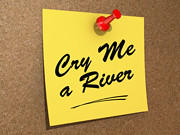
1. **The Enduring Legacy of “Cry Me a River”** Arthur Hamilton’s “Cry Me a River” stands as a testament to the power of a perfectly crafted song, transcending its initial release to become a permanent fixture in the Great American Songbook. Penned in 1953, the “smoky torch-song classic” has been covered by an extraordinary array of artists across various genres, solidifying its place as Hamilton’s most famous and enduring composition. Its emotional intensity and universal theme of a jilted lover’s bitter rebuke have resonated with audiences for nearly seven decades.
The song’s evocative lyrics, opening with the defiant lines, “Now you say you’re lonely / You cried the whole night through / Well, you can cry me a river / Cry me a river / I cried a river over you,” capture a raw, unapologetic sentiment that distinguishes it from more clichéd expressions of love. Michael Bublé, who performed the song before Queen Elizabeth II and recorded it in 2009, observed to The Wall Street Journal that its unique appeal lay in its “darkness,” a quality he believed set it apart.
The phrase “Cry Me a River” itself became so ingrained in the English language that it transformed into shorthand for uncaring detachment, a phenomenon Hamilton found both delightful and amazing. Its general use as a “put-down phrase” provided a smart retort to someone who had caused emotional pain, serving as a catharsis for countless listeners, further underscoring its profound cultural penetration.

2. **Julie London’s Defining Rendition** While “Cry Me a River” has seen countless renditions, Julie London’s 1955 recording initially brought the song to widespread public attention and transformed it into a commercial success. Released on her debut album, “Julie Is Her Name,” London’s version soared to No. 9 on the Billboard Hot 100 singles chart. This iconic performance, backed only by Barney Kessel on guitar and Ray Leatherwood on bass, was released on the newly founded Liberty Records label and quickly became London’s signature song.
London’s interpretation was characterized by a “soft, breathy style” that Cary O’Dell of the Library of Congress noted, “so fully does London’s image, persona and, of course, her voice convey and encompass the world of smoky nightclubs and intimate stages.” O’Dell described it as a “revenge anthem” that, paradoxically, also became a “romantic come-hither.” This nuanced delivery, combining vulnerability with a subtle defiance, encapsulated the feelings of countless spurned lovers.
The cultural impact of London’s recording was formally recognized in 2015 when it was inducted into the Library of Congress’ National Recording Registry. This honor cemented its status as a culturally, historically, or aesthetically significant recording. Her version was also featured in the 1956 comedy film “The Girl Can’t Help It,” further expanding its audience and contributing to its status as a million-selling hit.

3. **The Genesis of a Phrase: Hamilton’s Inspiration for “Cry Me a River”** The distinctive and memorable title of Arthur Hamilton’s most famous composition, “Cry Me a River,” stemmed from a deliberate choice by the songwriter to craft a retort that was both smart and emotionally resonant. Hamilton himself articulated his reasoning in a 2010 interview with The Wall Street Journal, explaining he “just liked the combination of words.” He envisioned it as a sophisticated alternative to more common, less impactful expressions of anger or vengeance.
“Instead of ‘Eat your heart out’ or ‘I’ll get even with you,’ it sounded like a good, smart retort to somebody who had hurt your feelings or broken your heart,” Hamilton recounted. This phrasing provided a sense of catharsis, allowing the jilted party to express pain and defiance powerfully. The success of the phrase in everyday language, often used as a “put-down,” continued to “delight and amaze” him throughout his life, as he shared with his wife, Joyce.
Despite widespread acceptance, Hamilton admitted to doubts during its creation. He worried about a “particularly off-putting phonic overlap during the Cold War,” fearing it might sound like “Crimea River.” He also expressed unease with the rhyme of “plebeian” with “me ‘n'” in the lyrics — “You told me love was too plebeian/Told me you were through with me and/Now you say you love me.” However, he ultimately concluded the line could be delivered effectively “with a sneer.”
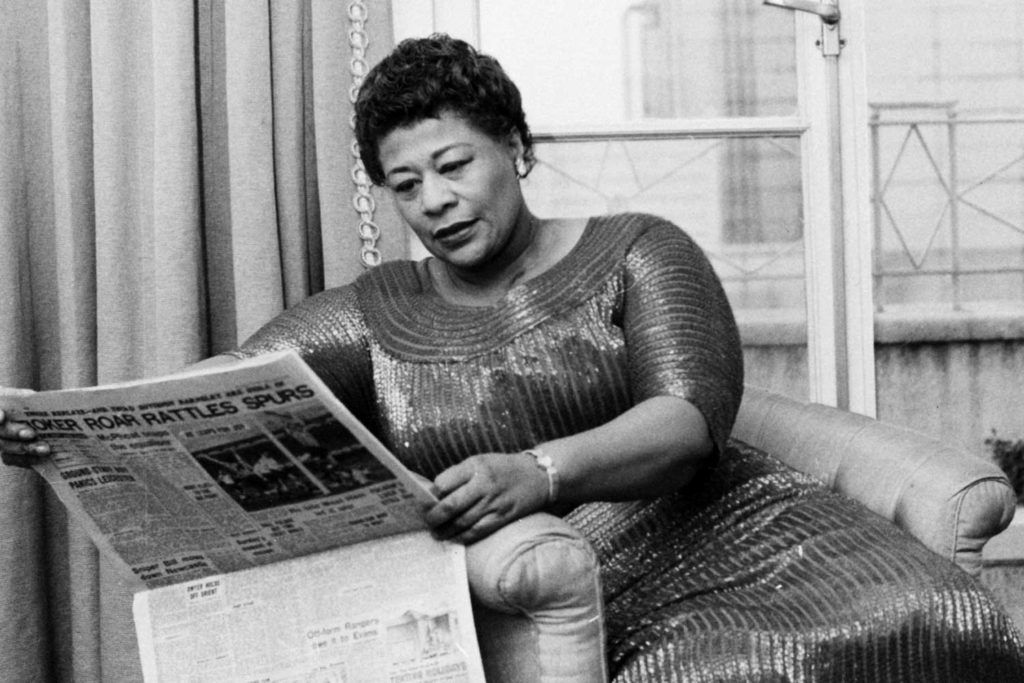
4. **Ella Fitzgerald’s Initial Encounter with the Song** Before Julie London’s career-defining hit, “Cry Me a River” was initially slated for Ella Fitzgerald. The song was one of three Arthur Hamilton wrote for the 1955 film “Pete Kelly’s Blues,” starring and directed by Jack Webb. Fitzgerald, who was also in the film, recorded “Cry Me a River” for the soundtrack, but her rendition ultimately did not survive the cutting room floor.
The decision to remove Fitzgerald’s performance from the film was made by Jack Webb. While reasons remained somewhat unclear, Michael Feinstein, a singer and pianist who wrote songs with Hamilton, shared insight. He noted that “Arthur said to me that the irony was that when Ella recorded it — years later, for her 1961 album ‘Clap Hands, Here Comes Charlie!’ — he thought she made one of the greatest recordings of it ever.” However, Feinstein added, “Jack felt she didn’t have the emotional bandwidth to do it justice” at the time.
Despite being cut from the movie, the composition’s inherent power was undeniable, leading Hamilton to quickly make the song available to Julie London, a friend from high school and Jack Webb’s ex-wife. This paved the way for London’s chart-topping success, though Fitzgerald would eventually release her own acclaimed version on her 1961 album.
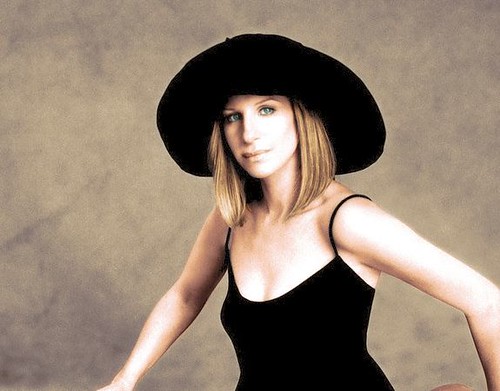
5. **A Pantheon of Interpreters: The Versatility of “Cry Me a River”** The sheer number and diversity of artists who have covered “Cry Me a River” underscore its remarkable versatility and timeless appeal. Beyond Julie London’s definitive hit and Ella Fitzgerald’s later acclaimed rendition, the song has been embraced and reinterpreted by a pantheon of musical legends across multiple genres. This extensive list of performers speaks volumes about the composition’s enduring emotional resonance.
Renowned vocalists such as Barbra Streisand, Johnny Mathis, Ray Charles, and Harry Connick Jr. have lent their unique styles. The track has also crossed into rock with Joe Cocker’s powerful performance on “Mad Dogs & Englishmen,” and with Aerosmith’s distinctive take. Contemporary crooners like Michael Bublé and Diana Krall, along with artists as varied as Susan Boyle, Jeff Beck, and Björk, have further expanded its reach.
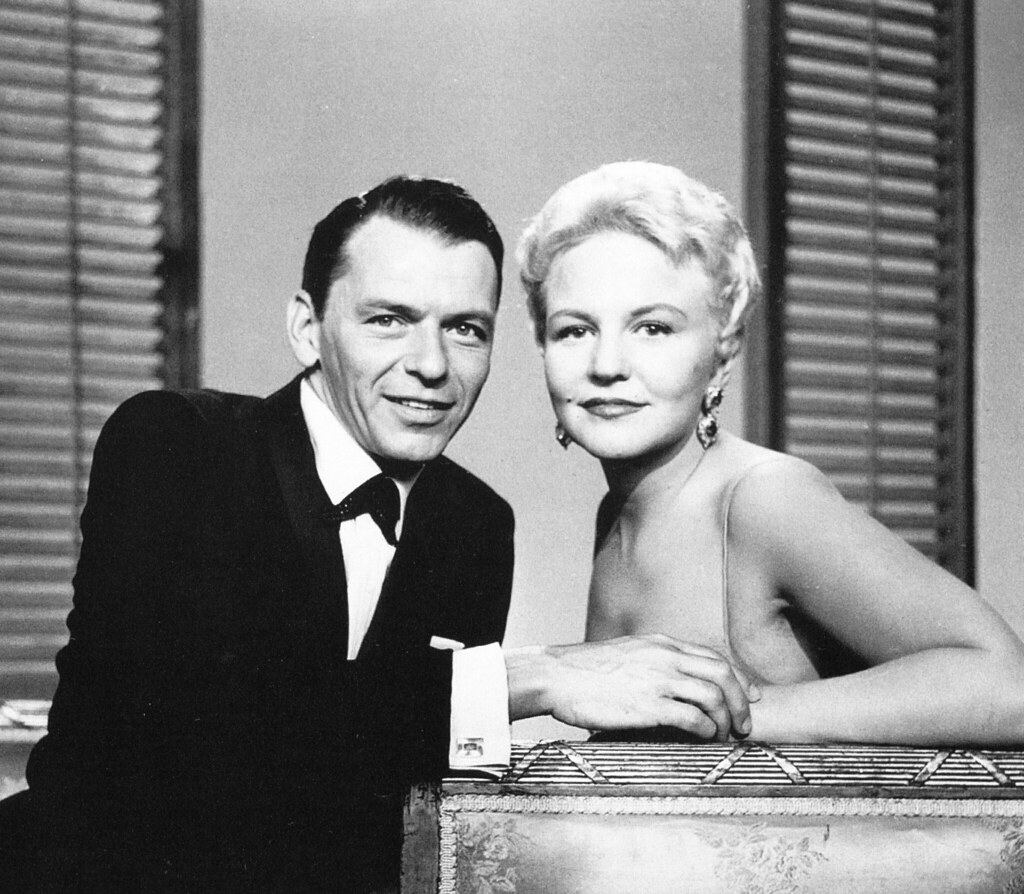
6. **Beyond the Torch Song: The Dual Life of “Sing a Rainbow”** Arthur Hamilton’s songwriting prowess extended far beyond the torch song, as exemplified by his composition “Sing a Rainbow.” This wistful tune, like “Cry Me a River” and “He Needs Me,” was created for the 1955 film “Pete Kelly’s Blues.” In the musical crime film, Peggy Lee, playing an alcoholic jazz singer, performs “Sing a Rainbow” as a poignant reflection on her diminished career and past choices, a haunting lament of broken dreams.
The genesis of the song stemmed from a personal anecdote: Hamilton recalled sending a telegram to Peggy Lee before her Sands Hotel opening in Las Vegas, encouraging her to “sing a rainbow.” He then wrote the song, finding its simplicity almost embarrassing to present to Jack Webb, who nonetheless approved it. When Hamilton played the song for Lee, she reportedly cried, deeply moved by its emotional resonance.
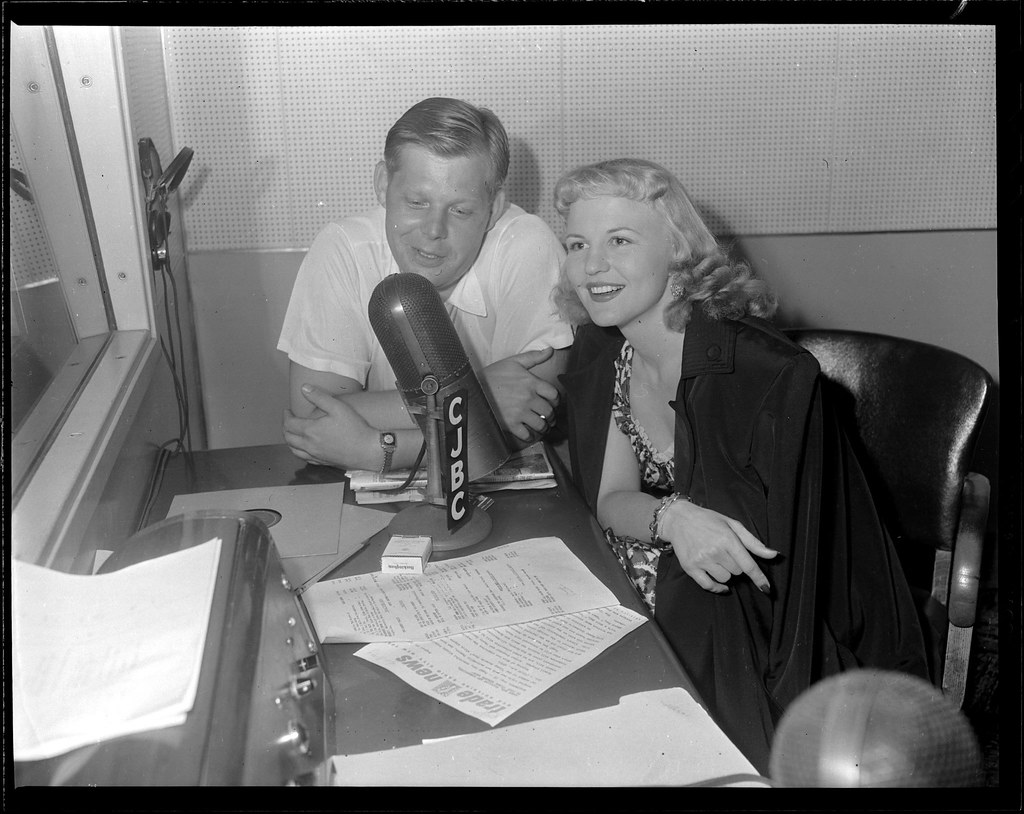
7. **The Nuance of “He Needs Me” (and “She Needs Me”)** Another significant contribution by Arthur Hamilton to the soundtrack of “Pete Kelly’s Blues” was “He Needs Me.” Performed by Peggy Lee in the film, the song delves into the complexities of a “tortured romance,” offering a nuanced portrayal of a character grappling with emotional dependency. Its evocative lyrics and melody further enriched the film’s atmosphere, highlighting Hamilton’s ability to craft songs that perfectly complement a narrative.
Peggy Lee’s recording of “He Needs Me” was prominently featured in the album “Songs From ‘Pete Kelly’s Blues’” in 1955. Her rendition, characteristic of her sultry and emotive vocal style, captivated listeners, demonstrating another facet of Hamilton’s versatile songwriting. The song’s appeal extended beyond its initial cinematic context, earning recognition and subsequent interpretations.
The enduring quality of “He Needs Me” led to its adoption by other notable artists. Cleo Laine and Nina Simone later covered the song. Interestingly, the gender perspective was also adapted, with Bobby Darin and Marvin Gaye both recording it as “She Needs Me.” This alteration underscores the song’s universal themes of need and connection, proving its capacity to transcend specific character portrayals and resonate broadly.

8. **An Oscar Nod for ‘Till Love Touches Your Life’** Arthur Hamilton’s prolific career extended into the realm of cinematic recognition, culminating in an Academy Award nomination for Best Song. This honor was bestowed upon “Till Love Touches Your Life,” a poignant composition from the 1970 Western film “Madron.” Hamilton shared this nomination with composer Riz Ortolani, further cementing his reputation for crafting memorable and emotionally resonant music suitable for the silver screen.
The song, performed by Richard Williams and Jan Daley for the movie that starred Richard Boone and Leslie Caron, showcased Hamilton’s versatility beyond the jazz and torch song genres. While “Cry Me a River” remains his most universally recognized contribution, the Oscar nomination for “Till Love Touches Your Life” underscored the respect he garnered within the film industry, highlighting his ability to create compelling musical narratives for diverse cinematic productions. Although it ultimately lost to “For All We Know” from “Lovers and Other Strangers,” the nomination itself stood as a testament to his exceptional talent and collaborative spirit.
The timeless appeal of his work, exemplified by the countless interpretations of “Cry Me a River” and the dual lives of songs like “Sing a Rainbow,” speaks to a fundamental understanding of human experience. His unwavering commitment to the craft, his leadership in professional organizations, and his mentorship of others solidified his place not just as a songwriter, but as a foundational figure in the industry. As long as melodies tell stories and lyrics stir the soul, Arthur Hamilton’s creative spirit will continue to flow like a river, deep and true, through the heart of American music. He is survived by his wife, Joyce, and a daughter, Claudia.



